Cut and Stuff Practices for Enhanced Cedar Control with Prescribed Fire
- Jump To:
- Planning Considerations
Fire is a natural occurrence that has shaped our plant communities on the Great Plains for centuries. The lack of fire over the past 100 years has drastically changed this landscape through the increase of woody plants, especially eastern redcedar. Prescribed fire is the most economical control method for eastern redcedar and other junipers found throughout the Great Plains. Prescribed fire controls most cedars less than 6 feet tall, as long as there is adequate fine fuel loads and proper burning conditions. Cedars larger than 6 feet, are often more difficult to control with prescribed fire. Initially the fires only scorch and kill the lower branches of these larger trees. This is mainly caused by the lack of adequate fine fuel needed to create the heat and flame length to scorch or ignite these larger trees. Increased control on larger trees can also be achieved by timing prescribed burns with periods of lower leaf moisture content during dry or drought conditions to increase flammability. But having to wait for these conditions or being able to burn due to burn bans can be challenging.
One-way land managers can influence greater control or cause more damage to larger
cedars on a prescribed burn is by increasing fuel loads through the creation of ladder
fuels. Ladder fuels are flammable live or dead plant material that allows a ground
or surface fire to climb into the tree canopy. This addition of ladder fuels through
“cut and stuff” practices can increase fire intensity and create longer flames needed
to control larger trees, thus increasing the overall effectiveness of most prescribed
burns (Figure 1).
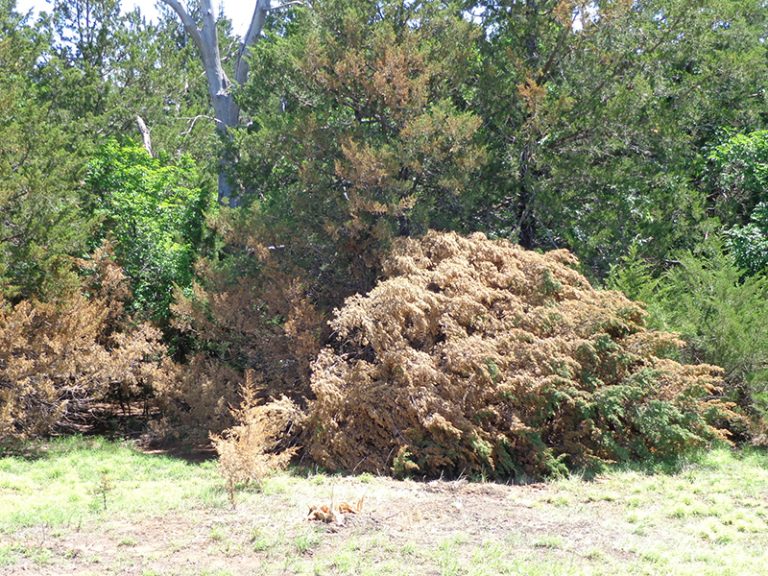
Figure 1. Ladder fuels are flammable live or dead plant material that allows a ground or surface fire to climb into the tree canopy. This addition of ladder fuels through “cut and stuff” practices can increase fire intensity and create longer flames needed to control larger trees, thus increasing the overall effectiveness of most prescribed burns.
Planning Considerations
When cutting and stuffing trees to create continuity in fuel from the ground to the tree canopy it is important to do some prior planning. When planning to use this technique, determine what is the best method or methods for cutting and moving trees, what is the prescribed wind direction, which trees should be cut, and how long it will take to prepare prior to the burn. Thinking through the process before the burn will save a lot of time and effort, as well as make the burn safer and more effective.
Many times cedars cut or pushed during firebreak construction make a good source of ladder fuels to be placed or stuffed under standing trees. The best way is to strategically cut and stuff trees using any of the available mechanical methods. It is best if the trees do not have to be moved great distances after being cut. Cut trees should be stuffed on what will be the upwind side during the prescribed burn in order to take advantage of the greater flame length and intensity that will be produced. Also on steeper slopes place the cut trees on the downslope or lower elevation side of the taller cedar trees will take better advantage of increased fire behavior due to slope (Figure 2).
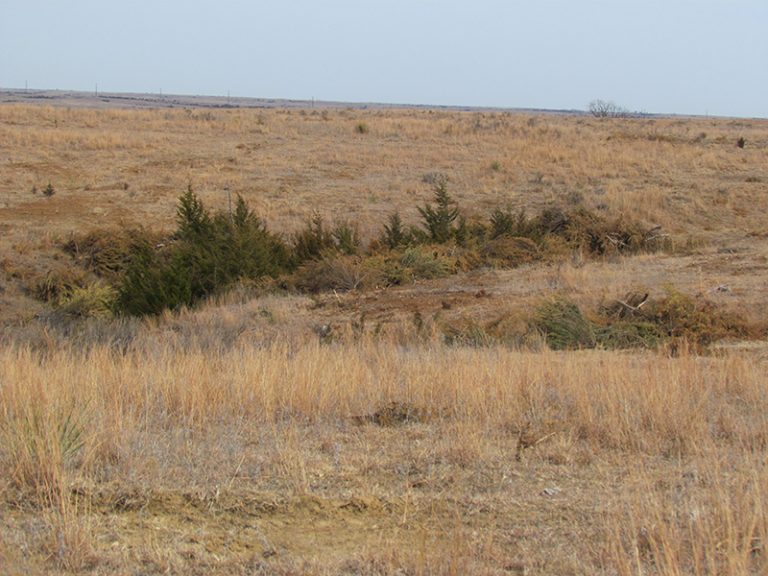 Figure 2. Cut trees should be stuffed on what will be the upwind side during the prescribed
burn in order to take advantage of the greater flame length and intensity that will
be produced. Also on steeper slopes place the cut trees on the downslope or lower
elevation side of the taller cedar trees will take better advantage of increased fire
behavior due to slope.
Figure 2. Cut trees should be stuffed on what will be the upwind side during the prescribed
burn in order to take advantage of the greater flame length and intensity that will
be produced. Also on steeper slopes place the cut trees on the downslope or lower
elevation side of the taller cedar trees will take better advantage of increased fire
behavior due to slope.
It’s important to remember that burning cedars can throw embers a significant distance depending on relative humidity and wind speed, therefore, cutting and stuffing trees should not be done within 500 feet of the downwind firebreak or backfire sides of the burn unit to avoid spot fires or escaped fires (Figure 3). Cedars to be stuffed should be cut and placed under live trees one to nine months ahead of the planned burn date. This gives them adequate time to dry down, but so long that they begin to loose their needles. Areas that are inaccessible to cedar cutting equipment can be treated by chainsaws, felling selected trees in areas where they will most impact fire behavior and carry into other standing trees. With just a limited amount of time and work, cutting and stuffing cedars can greatly enhance cedar control on most prescribed burn (Figure 4).

Figure 3. It’s important to remember that burning cedars can throw embers a significant distance, depending on relative humidity and wind speed, therefore, cutting and stuffing trees should not be done within 500 feet of the downwind firebreak or backfire sides of the burn unit.
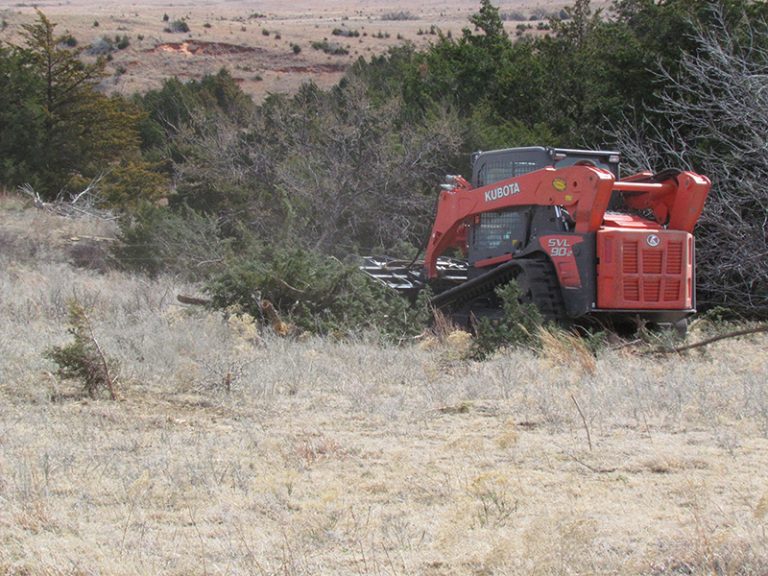
Figure 4. Cedars to be stuffed can be cut and placed under live trees one to nine months ahead of the planned burn date. This gives them adequate time to dry down, but not so long that they begin to loose their needles.
Cut and stuff prescribed burns can render significant damage to large cedars in areas
where fire normally would not have much impact. Even though the cedars are not completely
consumed during the burn, trees that are scorched significantly can be killed by the
increased heat produced by the cut and stuff practice. As with all aspects of prescribed
burning pre-burn planning considerations should address concerns over safety of personnel,
extreme fire behavior and smoke produced with this technique.
Follow up burns in subsequent years will be needed to treat the proliferation of new
cedar seedlings that will come from the seed bank in the soil. Overall, cutting and
stuffing cedar trees around and under the base of taller cedar trees is a very effective
control practice that can be used on prescribed burns (Figure 5).
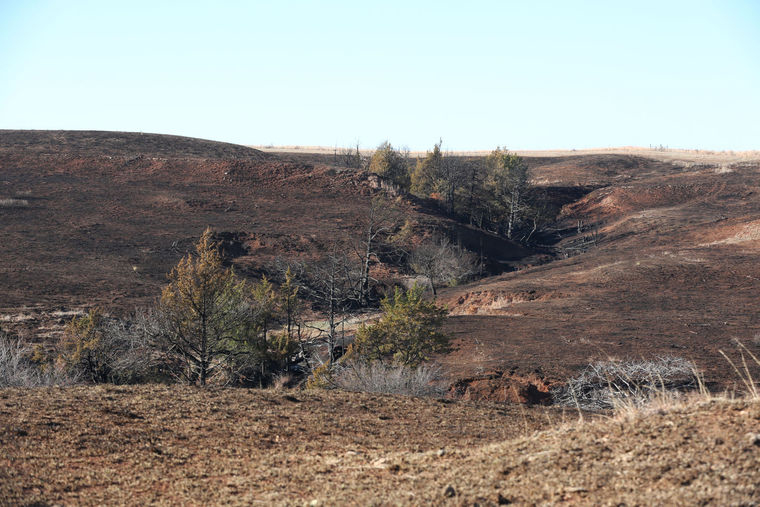
Figure 5. Cut and stuff prescribed burns can render significant damage to large cedars in areas where fire normally would not have much impact. Even though the cedars are not completely consumed during the burn, trees that are scorched significantly can be killed by the increased heat produced by the cut and stuff practice.
In cooperation with:

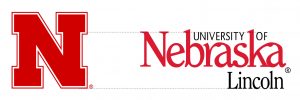
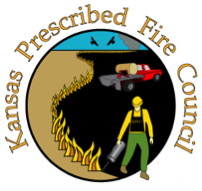

Jess F. Crockford
Regional Coordinator
Kansas Prescribed Fire Council
John R. Weir
Research Associate
Natural Resource Ecology and Management
Oklahoma State University
Carol E. Blocksome
Research Assistant Professor
Horticulture and Natural Resources, Kansas State University
Morgan L. Russell
Extension Range Specialist
Texas A&M AgriLife Extension Service
Dirac L. Twidwell
Assistant Professor
Department of Agronomy and Horticulture
University of Nebraska
